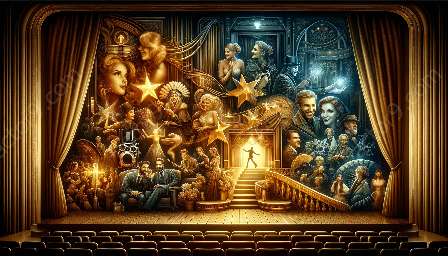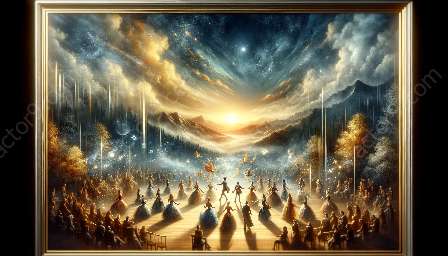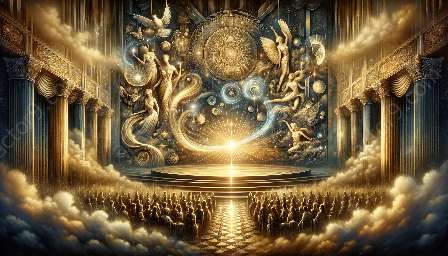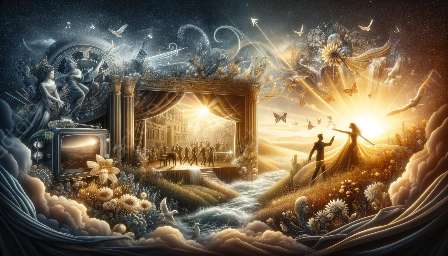Discover the influence of magic and illusions on cognitive development, their depiction in popular culture, and their significance in human cognition, learning, and perception.
Magic and Illusions in Popular Culture
From ancient folklore to modern cinema, magic and illusions have captivated audiences in popular culture. They are portrayed as tools of entertainment, mystery, and wonder, often challenging the boundaries of reality and perception.
Understanding Cognitive Development
Cognitive development refers to the growth of perceptual, language, conceptual, and social skills in individuals over time. It encompasses the stages of learning, memory, problem-solving, and decision-making, which shape human cognition and behavior.
The Influence of Magic and Illusions on Cognitive Development
Magical experiences and illusions can profoundly impact cognitive development. By engaging with illusions, individuals develop cognitive skills such as attention, memory, and reasoning. Magic performances can spark curiosity, promote critical thinking, and enhance creativity in both children and adults.
The Science Behind Perception and Illusion
Neuroscience and psychology elucidate how the human brain processes illusions, highlighting the intersection of perception, attention, and memory. Understanding the cognitive mechanisms of magical experiences provides insights into sensory processing and cognitive development.
Enhancing Learning and Problem-Solving
Exposure to magic and illusions can foster a deeper understanding of cognitive processes, encouraging individuals to think out of the box and approach problem-solving from alternative perspectives. This can lead to improved creativity, innovation, and adaptability in various domains.
Benefits for Children's Cognitive Development
For children, interacting with magic and illusions can enhance cognitive development by igniting wonder, encouraging inquiry, and promoting mental flexibility. These experiences can inspire a lifelong interest in science, technology, engineering, arts, and mathematics (STEAM) disciplines.
Implications for Education and Learning
Incorporating magic and illusions into educational settings can stimulate active learning, stimulate curiosity, and facilitate multidimensional perspectives. It can also serve as a compelling tool for teaching complex concepts in engaging and memorable ways.
The Connection Between Art and Science
Magic and illusions bridge the realms of art and science, showcasing the fusion of creativity and empirical inquiry. By exploring the intersection of artistry and scientific principles, individuals develop a holistic understanding of perception, cognition, and human experience.
Conclusion
Magic and illusions hold a captivating influence on cognitive development, playing a significant role in popular culture and human perception. Their impact on cognitive skills, problem-solving, and educational enrichment underscores their relevance in shaping the way we perceive and understand the world around us.


















